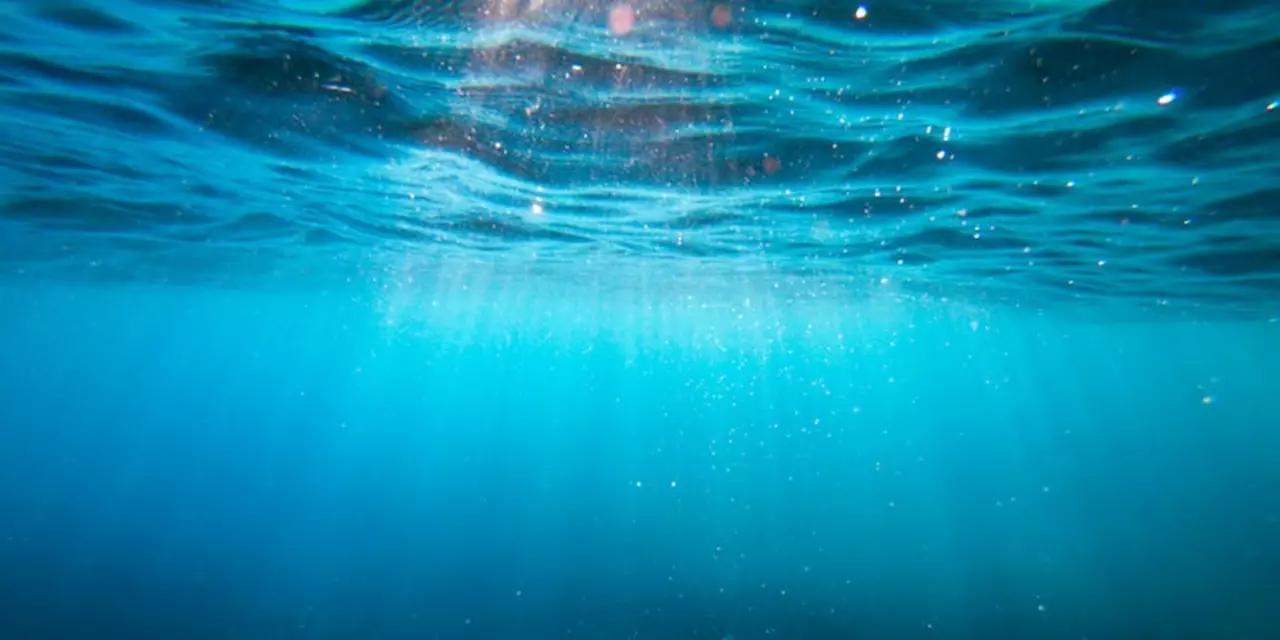Depth – Dive Into Deep Sea Facts and Swimming Tips
When people hear the word "depth," they usually picture the ocean floor or a scuba diver disappearing into blue darkness. But depth matters for swimmers, divers, and even the tiniest sea creatures. Below you’ll find straight‑forward info on how deep sharks really go, which swimming strokes let you move efficiently at any level, and a few quick tips you can try today.
How Deep Can Sharks Go?
Sharks aren’t just the surface hunters you see on TV; many species love the deep. The bluntnose six‑gill shark, for example, routinely dives past 3,000 feet to chase squid and other deep‑sea prey. That’s deeper than most commercial submarines travel. The reason they can handle that pressure is simple: their bodies are built like pressure‑proof tanks, with flexible cartilage and a high‑oil content that prevents crushing.
If you ever wonder whether a shark could survive a dive to 4,000 feet, the answer is yes—some species even go beyond 5,000 feet. They use a slow, energy‑saving glide to conserve oxygen and rely on a keen sense of electric fields to locate food in total darkness. So, when you talk about "depth" in the ocean, remember it’s not just a number; it’s a whole world of unique adaptations.
Swimming Strokes That Reach New Depths
In the pool, most people stick to freestyle or breaststroke, but a few lesser‑known strokes can help you glide through water more efficiently, especially when you’re training for distance or open‑water swims. The gallop stroke—also called the Australian crawl—burst onto the scene in the 1920s. It mixes a strong, rhythmic kick with a relaxed arm pull, letting you maintain speed without burning out quickly.
Why does this matter for depth? When you swim in a lake or the sea, the water can feel heavier because of currents, temperature changes, and the lack of lane lines. Using a stroke that balances power and relaxation lets you stay relaxed longer, which means you can go deeper without feeling panicked.
Here’s a quick drill to try the gallop stroke: Start with a regular freestyle kick, then after every third arm pull, add a slight pause and push the arm back a bit farther. This tiny adjustment creates a longer glide phase, mimicking the gallop’s rhythm. Do it for 2‑minute intervals, rest, then repeat. You’ll notice smoother breathing and less shoulder strain.
Another depth‑friendly tip is to practice “down‑breathing.” When you’re in open water, you often have to lift your head out of the water to breathe, which can break your streamline. Try breathing every third stroke while keeping your head low, then turn your head just enough to inhale. It takes some practice but cuts down on drag, letting you stay farther out.
Whether you’re fascinated by how a shark can hunt at 3,000 feet or you’re looking for a stroke that helps you swim longer, depth is more than a measurement—it’s a mindset. Keep exploring, experiment with the gallop stroke, and remember that the ocean’s deepest zones hold endless stories waiting for a curious mind.
How deep can sharks swim in the ocean?
- Kieran Lockhart
- on Feb 14 2023
- 0 Comments
Sharks are some of the most impressive creatures in the ocean, and can dive to incredibly deep depths. The average depth that sharks can reach is around 2,000 feet, though some species are known to dive much deeper. The deepest recorded dive is an astonishing 10,000 feet, achieved by a Greenland shark. The pressure of the deep ocean can put a lot of strain on a shark's body, and for this reason, most sharks tend to stay in shallower waters. Sharks can also be found in a variety of ocean habitats, from shallow estuaries to the deepest parts of the ocean.
